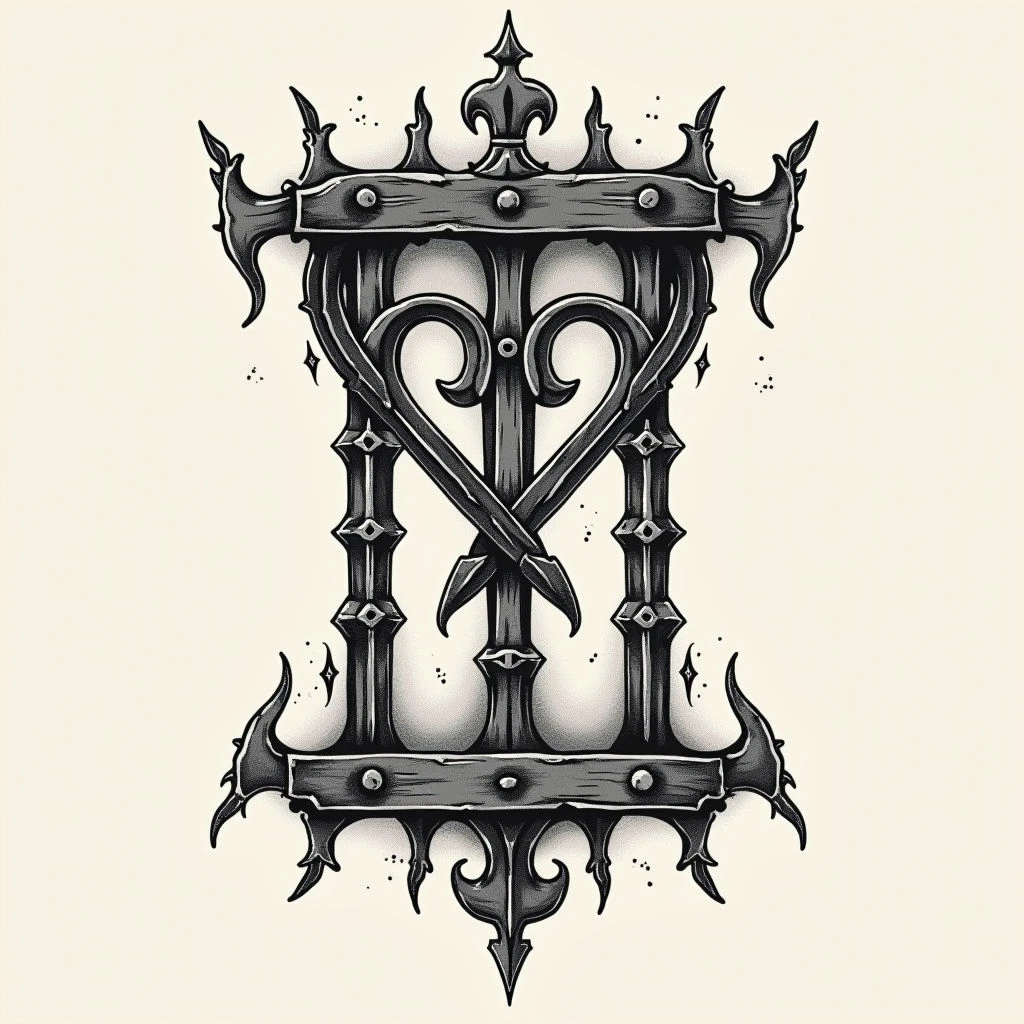The Significance of Jail Tattoos: A Record of Resilience, Regret, and Human Experience
Within the confines of correctional institutions, tattoos often transcend mere decoration; they become powerful emblems of survival, status, and shared experience.
Historically, due to limited access to professional tattoo artists, inmates utilized makeshift tools – sharpened pencils, soap, or even bicycle pins dipped in ink extracted from dyes – to etch their stories onto skin. This rudimentary process imbued the resulting tattoos with a profound rawness and significance.
The Meanings Behind Jail Tattoos
The meanings behind jail tattoos are multifaceted, varying based on gang affiliation, sentences served, crimes committed, and personal narratives.
Cellie Bars
A 'cellie bars' tattoo, depicting vertical lines resembling prison cell walls, frequently signifies time spent incarcerated.
Teardrop Tattoo
A teardrop tattooed below the eye traditionally marked a life taken, though its meaning has evolved in modern times.
Prison-Themed Tattoos
Prison-themed tattoos often incorporate elements like shank outlines (indicating violence) or script displaying phrases such as ‘life’ or ‘family.’
Influence on Mainstream Culture
Over time, prison tattoo traditions have infiltrated mainstream culture, resulting in both appreciation and misinterpretation.
Understanding the Significance
Understanding the historical context and individual stories behind these marks is crucial to appreciating their significance, beyond superficial aesthetics.
The art form often serves as a record of resilience, regret, and ultimately, a unique testament to human experience within challenging circumstances.


